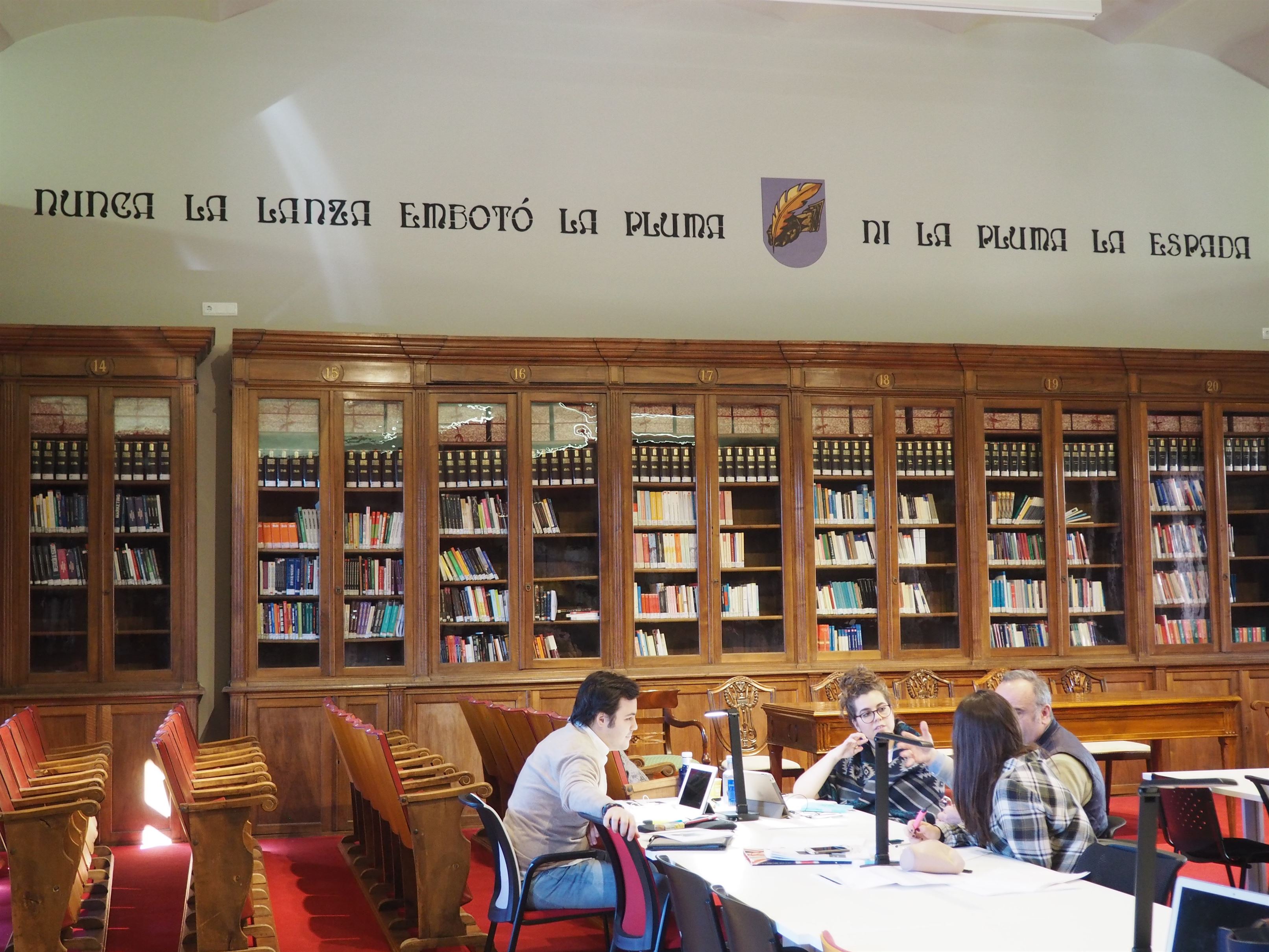Today, everybody can go to university. More and more young minds want to experience the famous university life and some just want to study. Even the older generations want to keep learning. There are no limits when you want to earn knowledge.
Gender does not matter, neither does age, color or religion.
Or at least that is what we have always been told, but what is the truth? Are there really no limits? One important issue, if not the most, is the cost. We have so many options to pick from but how many of them can we afford? Public or private? Does it have good reviews? Do they offer my desired degree there? Can I commute or do I have to pay for a dorm?
With all things considered, the bottom line is this: no matter where you go, college is going to be expensive in the United States.
Another factor when it comes to the price is the location. Costs vary all over the world. For example, in Nordic countries, like Finland, Sweden and Norway, you have the opportunity to study for free or at a low cost. This idea is mindblowing for Americans, where you must pay for tuition and fees and still spend a large amount of money in taxes.
The average annual public tuition fee for universities in the U.S. is around $8,000. The American tax rate depends on your income. The brackets for this range from a minimum of 10 percent to a maximum of 40 percent of your income.
Spain, where I was born and raised, offers many options when it comes to choosing a university. The average annual public tuition fee is about $2,000. Private universities, on the other hand, are a lot more expensive.
In my case, I study at a private university in Madrid where I spend around $9,000 a year for an undergraduate degree. This makes Antonio de Nebrija, my university, one of the most expensive universities in Spain.
Last month, GQ Magazine wrote about Spain’s universities and compared the cost of studying medicine in one of the most well-known universities in Madrid to Harvard University.
According to the article, “The cost to study the first year of medicine in a private university in Madrid is around $14,000, and at Harvard the same course costs around $120,000.”
You might be wondering what this includes and where all of the money is going.
The main point is that you spend money on everything the campus includes. At Montclair State University, you have several cafeterias and restaurant options. You can work out after class and go to the health center when you are sick.
In Spain, the idea of a “campus” is different. If you are lucky, you may get a cafeteria, but my university does not have one. You go to class for a few hours, you spend some more time in the library studying or doing research, and you go back home to your parents and friends.
The idea of paying for a residence is only for international students or people that live on the other side of the country, not for everyone.
With all of these extra additions that U.S. universities have, it makes sense that international universities cost much less. Though you might be getting the same degree, U.S. universities offer more than just an education, which results in a higher tuition rate.
So, why America? I guess you will have to live it to know.



